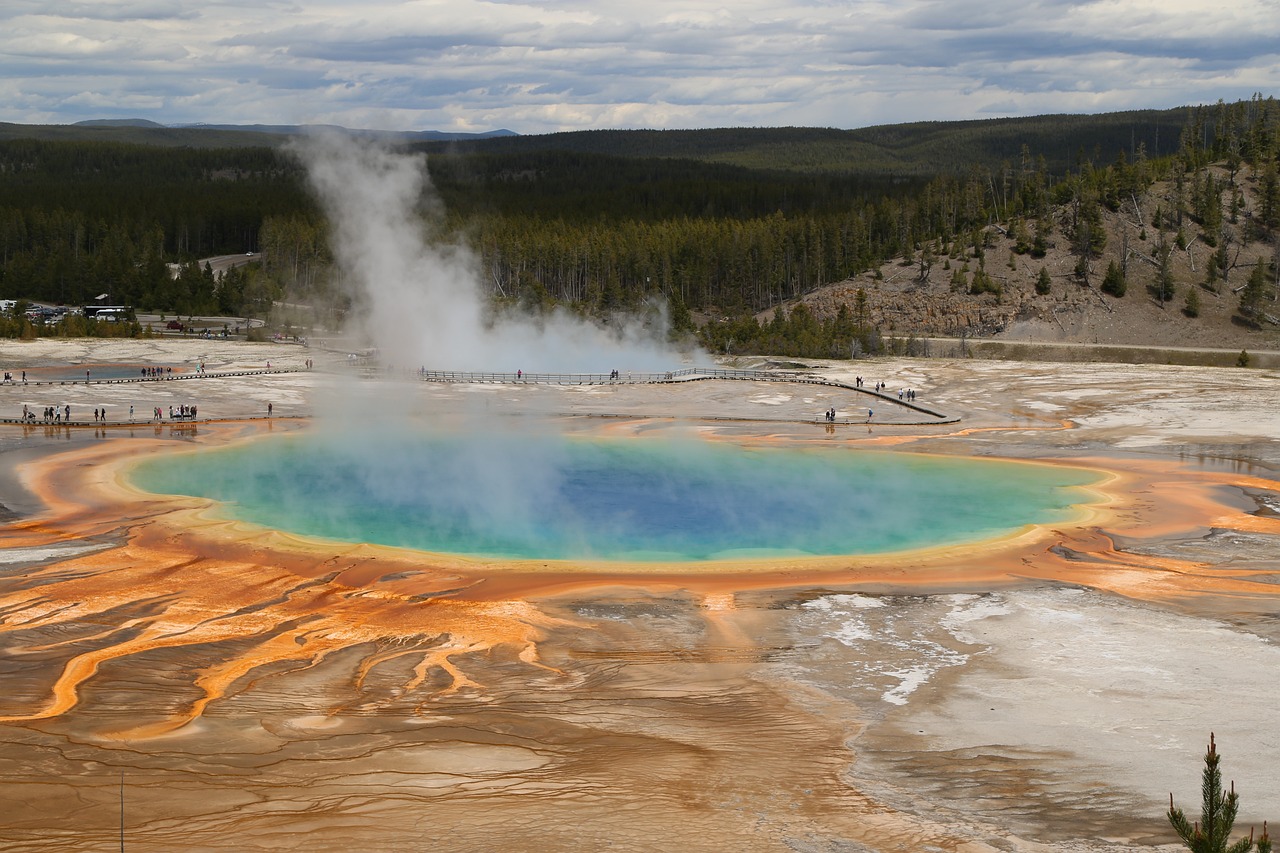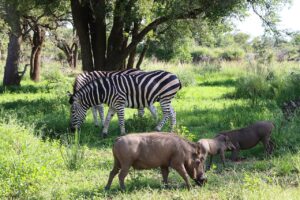Discover the Wildlife of Yellowstone National Park
Yellowstone National Park, America’s first national park, is a true gem for nature lovers and wildlife enthusiasts. Spanning over 2.2 million acres across Wyoming, Montana, and Idaho, this vast wilderness offers a sanctuary for a stunning array of animal species. From the sprawling valleys to the dense forests and geothermal wonders, Yellowstone’s diverse habitats provide a unique opportunity to observe wildlife in their natural settings. In this blog post, we’ll explore some of the park’s most iconic animals, their behaviors, and the best spots for wildlife viewing.
The Majestic Bison
No visit to Yellowstone is complete without encountering the American bison, the park’s most iconic resident. These massive creatures, often seen grazing in the Lamar and Hayden Valleys, symbolize the wild spirit of the American West. Weighing up to 2,000 pounds, bison are the largest land mammals in North America. Visitors can often spot them in herds, peacefully grazing or wallowing in the dirt to rid themselves of insects.
Bison are generally calm but can become aggressive if provoked. It’s crucial to maintain a safe distance (at least 25 yards) and never approach these powerful animals, especially during the rutting season in late summer when males compete for mates.
The Elusive Gray Wolf
The reintroduction of gray wolves to Yellowstone in 1995 is one of the most significant conservation success stories. These apex predators play a crucial role in maintaining the park’s ecological balance by controlling the population of prey species such as elk and deer. Spotting a wolf in the wild is a thrilling experience, albeit challenging due to their elusive nature.
Lamar Valley, often referred to as the “Serengeti of North America,” offers some of the best opportunities for wolf watching. Early morning and late evening are prime times to see these majestic animals as they hunt or move through the valley.
The Graceful Elk
Elk are among the most commonly seen large mammals in Yellowstone. With a population exceeding 10,000, these graceful creatures can be spotted throughout the park, particularly in the Mammoth Hot Springs and Madison areas. During the fall, the sound of bugling elk can be heard as males call out to attract females and establish dominance.
Visitors should be cautious around elk, especially during the rut in September and October, and calving season in the spring. Like bison, elk can become aggressive if they feel threatened.
The Mighty Grizzly Bear
Yellowstone is home to both black bears and grizzly bears, with the latter being one of the most formidable predators in North America. Grizzlies are most commonly seen in the open meadows and valleys of the park, such as the Hayden and Lamar Valleys.
Spring and early summer are the best times to spot grizzlies as they emerge from hibernation in search of food. It’s essential to maintain a safe distance (at least 100 yards) and carry bear spray when hiking in bear country. Bear encounters can be dangerous, so visitors should familiarize themselves with bear safety protocols before exploring the park.
The Playful River Otter
For a delightful and often overlooked wildlife encounter, keep an eye out for river otters. These playful mammals can be found in the park’s lakes and rivers, particularly in the Yellowstone and Lamar Rivers. Watching otters swim, fish, and frolic in the water is a joy for visitors of all ages.
Birdwatching in Yellowstone
Yellowstone is a paradise for birdwatchers, with nearly 300 bird species recorded in the park. From the iconic bald eagle soaring above the rivers to the colorful mountain bluebird perched on a fence post, the diversity of avian life is remarkable.
Popular birdwatching spots include Yellowstone Lake, Hayden Valley, and the forests around Mammoth Hot Springs. Bring a pair of binoculars and a field guide to enhance your birdwatching experience.
Tips for Responsible Wildlife Viewing
While the allure of Yellowstone’s wildlife is undeniable, it’s vital to remember that these animals are wild and their safety and well-being should be a top priority. Here are some tips for responsible wildlife viewing:
- Keep Your Distance: Always maintain the recommended distance from animals. For bison and elk, stay at least 25 yards away, and for bears and wolves, stay at least 100 yards away.
- Use Binoculars and Telephoto Lenses: To get a closer look without disturbing the animals.
- Do Not Feed Wildlife: Feeding animals can alter their natural behaviors and make them dependent on humans.
- Stay on Designated Trails: This helps protect wildlife habitats and reduces the risk of dangerous encounters.
- Be Bear Aware: Carry bear spray, hike in groups, and make noise to avoid surprising bears.
Yellowstone National Park offers an unparalleled opportunity to connect with nature and witness some of North America’s most iconic wildlife. By following these guidelines, you can ensure a safe and memorable experience while helping to preserve this natural wonder for future generations. Plan your trip, pack your camera, and get ready for an unforgettable adventure in the wild heart of Yellowstone.






